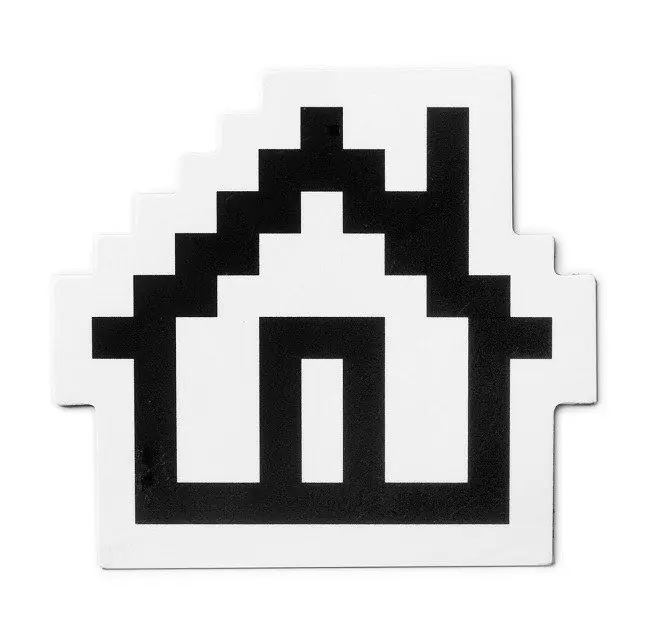- Author Lauren Nevill [email protected].
- Public 2023-12-16 18:48.
- Last modified 2025-01-23 15:15.
Drupal is a fairly popular content management system, which is characterized by flexibility of settings and convenience for a webmaster. Despite the seeming complexity of the Drupal system, creating a site on its basis does not cause any particular difficulties, it is enough just to follow a few simple instructions.

Necessary
- - hosting with PHP and MySQL support;
- - Drupal distribution kit.
Instructions
Step 1
To get started, download the latest Drupal distribution from https://drupal.org/download. After that, prepare the database for your future site: create a new MySQL database in the hosting management section, remembering all the entered data, as they will be useful to you later. Do not use common logins and passwords, as site databases are the subject of hacker attacks.
Step 2
After preparing the database, proceed to transferring the Drupal CMS files to your hosting. This can be done both by means of the hosting itself and using file managers using the ftp protocol: you need to find the ftp server data (address, password) on your hosting management page and connect to it using Total Commander, for example.
Step 3
After transferring the files to the hosting, install the Drupal management system. But before installing, copy the file located in the sitesdefaultdefault.settings.php directory and rename it to settings.php. After that, enter the link https:// localhost / drupal in the address bar, where localhost is the address of your site, and drupal is the folder into which you unpacked the CMS engine files (you can rename it). This will open the installation window. Follow its instructions by entering the required information.
Step 4
Do not forget about the future security of your resource, and when asked to enter the administrator's login and password, think of something original and complex. After installing the CMS, configure the system and expand its functionality. To do this, download the necessary modules - components that allow you to perform additional functions, for example, the Content Construction Kit. After that, transfer the module files to the modules folder in the sitesall directory (if there is no such directory, create it). Follow the exact same instructions when installing other modules.






